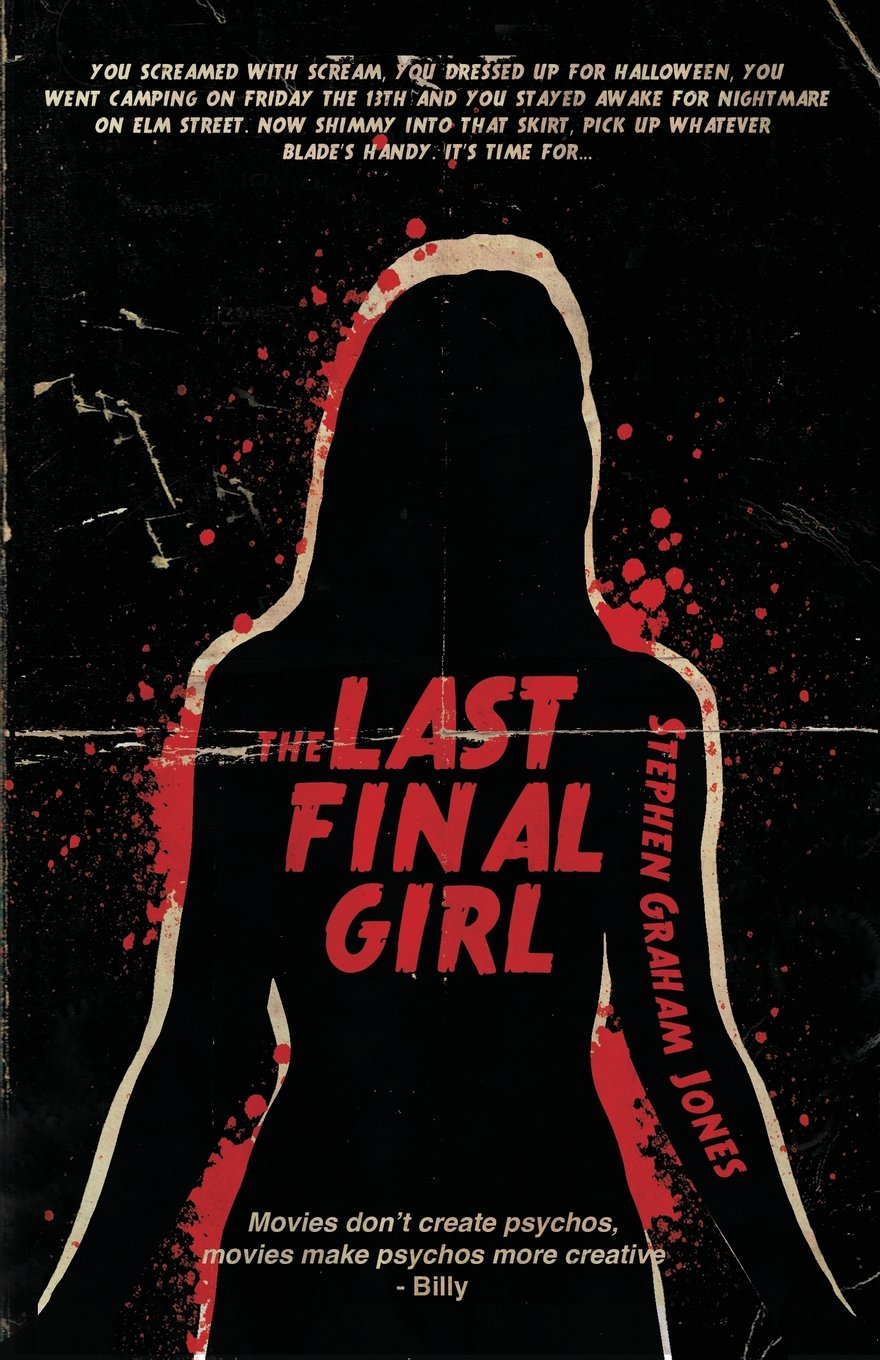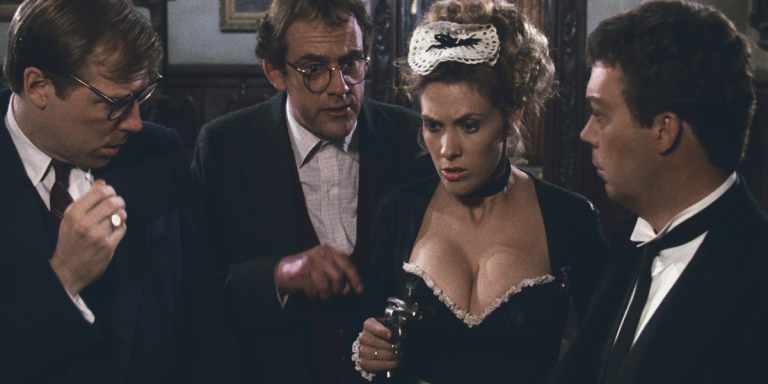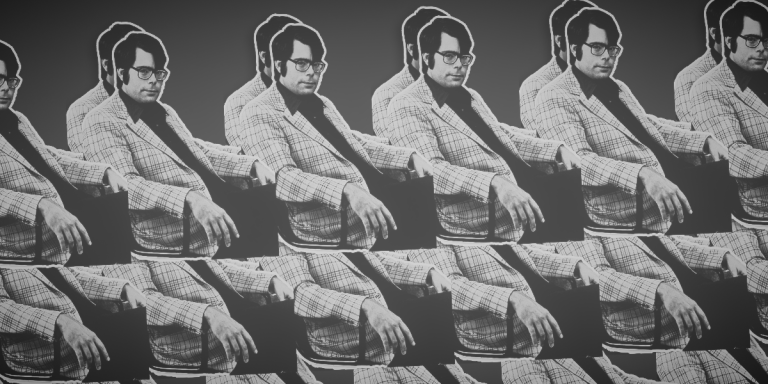I’m Not Your Final Girl
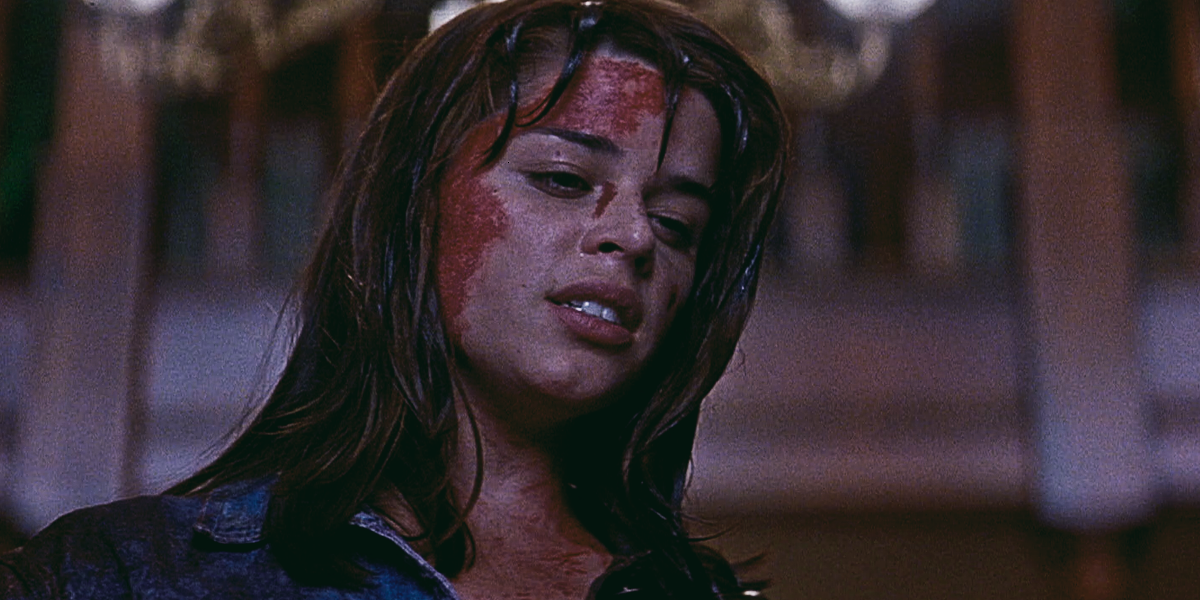
Sydney Prescott in the Scream franchise. Ellen Ripley from the Alien movies. Laurie Strode from Halloween and all its many sequels. What do these women have in common? They’re all Final Girls. You’ve probably heard this term before, and you’ve probably recognized final girls in plenty of mystery, horror, and suspense books. But where did the term come from? And what does it mean?
The term “Final Girl” was first coined by Carol J. Clover in her 1992 book Men, Women, and Chainsaws: Gender in the Modern Horror Film. Later, we’ll discuss how the term has changed since its original conception, but first, let’s look at its origins. In Men, Women, and Chainsaws, Clover defines the “Final Girl” as the sole survivor among a group of people who are being chased by a villain. 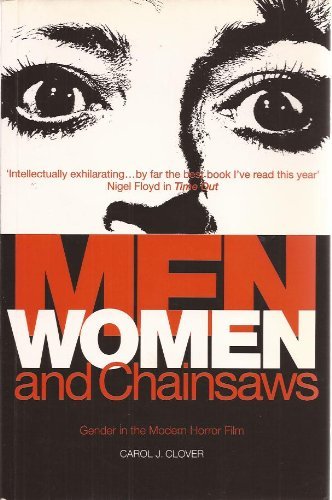 Furthermore, Clover says that the Final Girl is deemed “worthy” of survival because of some moral high ground she has over the other characters. She’s virginal. She doesn’t do drugs or consume alcohol. She’s kind and tries to do the right thing. Sometimes these Final Girls confront the killer and save themselves. Sometimes they are saved by someone else.
Furthermore, Clover says that the Final Girl is deemed “worthy” of survival because of some moral high ground she has over the other characters. She’s virginal. She doesn’t do drugs or consume alcohol. She’s kind and tries to do the right thing. Sometimes these Final Girls confront the killer and save themselves. Sometimes they are saved by someone else.
The Final Girl might be a concept that was given a name in the ’90s, but the trope was around long before Clover set out to identify it. In her book, Clover references horror and mystery suspense films that came out in the 1970s and ’80s, a period of time that many consider to be the “golden age” of the slasher film. For this era of horror films, the trope was rooted in sexist beliefs about gender roles and what it meant to perform femininity well. The women in these films who were loud and open about their sexuality died early. Women who behaved wildly and partied were always killed off.
The suggestion then seemed to be that only women who were well-behaved deserved to live. But not before being tortured. Final Girls never make it to the end of the film without a thick film of blood, sweat, fear, and loss built up to harden them and sully their previously untouched femininity. In these horror films, the Final Girl trope plays out as a not-so-subtle male fantasy about corrupting virginal, feminine young girls. Note, of course, that it is always a woman who is put through the wringer in these films, and there is no direct male counterpart to the Final Girl trope.
However, since Clover’s analysis of the Final Girl in the early ’90s, horror films and books have become more aware of the trope and its problematic nature. More recent Final Girls have found some ways to push back on the expectations of the genre.
For instance, Scream’s final girl Sidney Prescott has sex at the beginning of the first film, and yet she makes it through all four Scream movies. In 2011’s Cabin in the Woods, the characters in the film directly acknowledge the Final Girl trope and explain that the Final Girl is a necessary sacrifice to appease demons called “The Ancient Ones.”
Final Girls have also been the subject of many horror and suspense novels. In Stephen Graham Jones’s The Last Final Girl, a group of Final Girls assembles to find out who will be (you guessed it) the Last Final Girl. Riley Sager’s Final Girls sees a killer picking off all the remaining Final Girls, one by one. And most recently, in The Final Girls Support Group, Grady Hendrix digs deep into what happens in the traumatic aftermath for the Final Girls after the blood bath is over but the scary stories continue to be told.
With each new film and novel, the definition of Final Girls is reexamined and given new cultural significance to fit with contemporary sensibilities. In spite of the criticisms surrounding the Final Girl trope, the Final Girl as a character and as a plot device persists. Why? Perhaps it’s because we love watching women standing up for themselves and pushing past difficult situations. Or maybe it’s because we love survival stories. In a world where things can sometimes seem hopeless, it’s somehow uplifting to see a seemingly average person fight against the odds and come out on the other side stronger than before.
By clicking 'Sign Up,' I acknowledge that I have read and agree to Hachette Book Group’s Privacy Policy and Terms of Use
